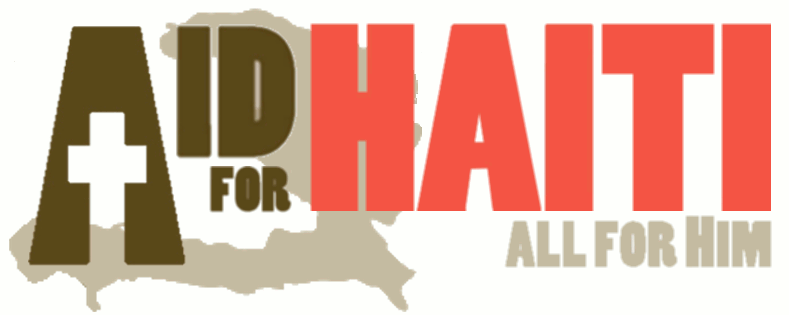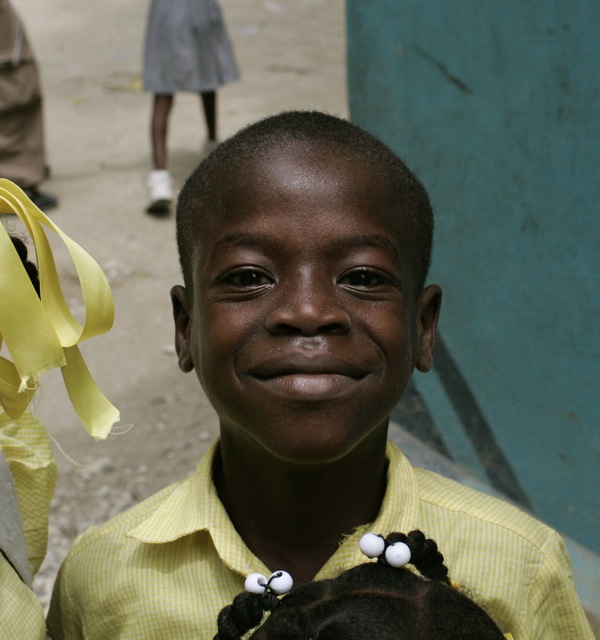http://www.guardian.co.uk/world/2010/oct/31/haiti-earthquake-warning
Haiti could suffer another earthquake, scientists warn
The Guardian, Robin McKie Sunday 31 October 2010
Haiti is at serious risk of further devastation from earthquakes in the near
future, geologists have warned. Their research, to be published in next
month’s issue of Nature Geoscience, indicates that not all the geological
strain that triggered the original quake in January has been released as had
been thought.
More than 230,000 people died in the magnitude 7.0 quake on 12 January and
more than one million were left homeless. Now geologists are warning that
Haiti faces the prospect of further devastation.
“The January earthquake only unloaded a fraction of the seismic energy that
has built up over time in Haiti,” Eric Calais, a geologist at Purdue
University, Indiana, who is also a science adviser for the UN development
programme in Haiti, told Nature. “Other earthquakes are therefore
inevitable.”
The Haiti quake which struck at 4.53pm local time and lasted 30 seconds
occurred at the interface of the Caribbean and North American tectonic
plates, which are slowly sliding past each other. Seismic strain builds up
at certain points where the plates touch and this is abruptly released when
they jump position. Port-au-Prince, the capital of Haiti, has twice been
destroyed, in 1751 and 1770.
For the past 10 months, geologists have been investigating a geological
fault system on the boundary of the two plates known as the
Enriquillo-Plantain Garden. This was thought to be the centre of the quake.
However, to their surprise no evidence to support this assumption has been
found.
“This is pretty bizarre,” said Roger Bilham, a geologist at the University
of Colorado. One explanation, he suggests, is that the surface part of the
fault was clamped shut by a complex series of ground slips. “If so, another
strong quake could happen any time, right about the January epicentre.”
The Haiti earthquake devastated Port-au-Prince. Buildings destroyed or badly
damaged included the presidential palace, the National Assembly building,
the cathedral and the main prison, while the list of those killed included
the Archbishop of Port-au-Prince, Joseph Serge Miot, the opposition leader,
Micha Gaillard, and Hédi Annabi, chief of the United Nations stabilisation
mission in Haiti.
Since then, a major operation to rebuild the city with international help
has been launched, as doctors warn that there is a growing risk of a cholera
outbreak in refugee camps.
“What we know hasn’t brought us any closer to understanding Haiti’s seismic
future,” Bilham said. “We can only recommend rebuilding Port-au-Prince as
safely as money allows.”



Published by